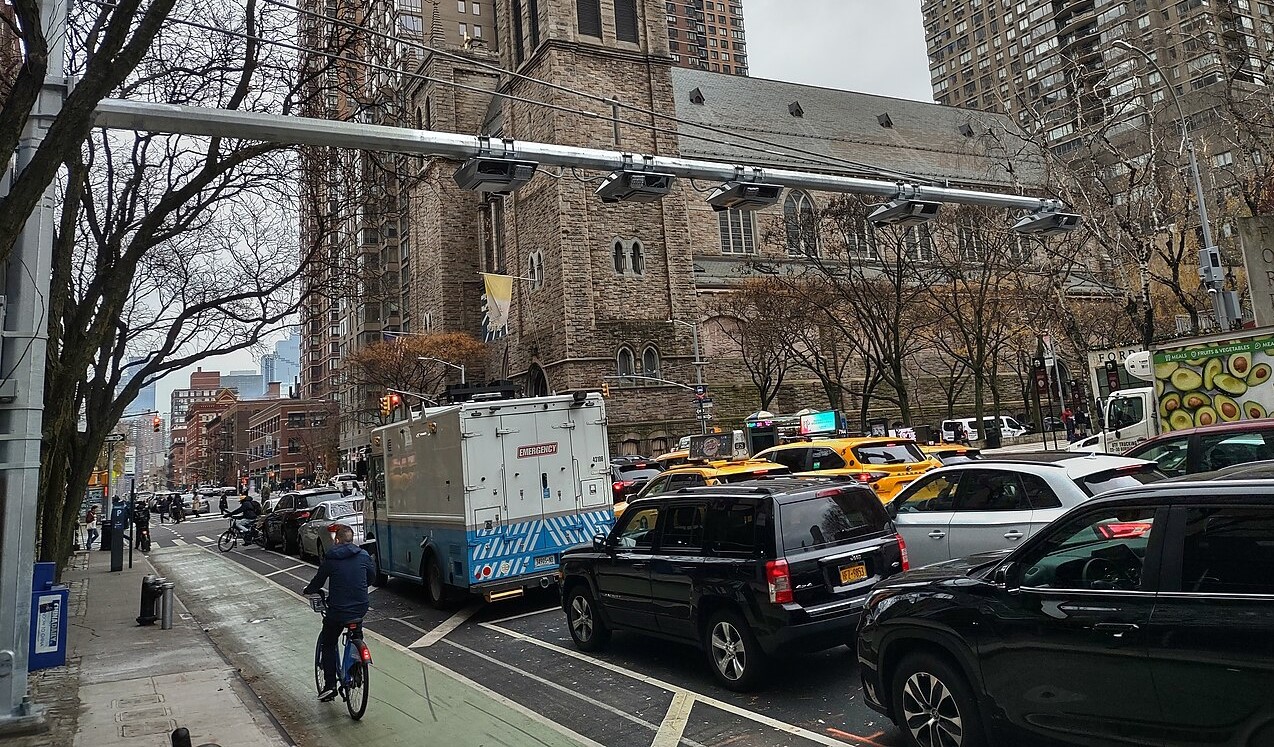A lot of the time, neighborhood-level development fights play out like this story from Arlington, Virginia: Miles Grant at Network blog The Green Miles writes that this transit-accessible D.C. suburb recently saw the opening of 122 units of new affordable housing, which drew 3,600 applications. But Grant points out that there would be more affordable housing units to go around if neighbors hadn't objected to the original 192 units, citing fears about traffic and building height.
While neighborhood groups tend to exert downward pressure on housing density, which makes cities less walkable and housing less affordable, today Ben Schiendelman at Seattle Transit Blog offers a wonderful counter-example. This one involves three CVS pharmacies planned for locations in Seattle classified as "urban villages" -- walkable, transit-friendly locations. And in this case, the neighbors wouldn't stand for CVS's low-slung, strip mall-style development plans:
In a departure from a lot of the activism we often see, neighborhood groups organized to push back asking for more density, and today, the council unanimously passed temporary emergency legislation from Councilmember Conlin banning what he called “strip mall development,” sending a clear signal against underdeveloping neighborhood centers.
Several neighborhood activists from both Uptown and Wallingford went to Councilmember Conlin and DPD, who worked together on emergency legislation (PDF) to block further development of this nature. The legislation requires minimum Floor Area Ratio (often FAR), something that to my knowledge has never been done before in Seattle.
For a 30 or 40 foot zone in a pedestrian overlay district (which exist in station areas and urban villages), any new building or modification of over 1000 square feet must have a minimum ratio of building square footage to site square footage of 1.5. For a 65 or 85 foot zone, this becomes 2, and for a 125 or 160 foot zone, 2.5. This isn’t a difficult requirement to beat; it just prevents these suburban-style developments.
Just before the vote, Conlin gave some explanation and commentary. It got very interesting – he said (paraphrasing) that the land use code today is often used to limit height and density, but the Council thinks it can also be used to encourage them! He went on to say that this is just a step on that path, but “for the future of our city, it’s important that we go down that path.”
Elsewhere on the Network today: PubliCola says the "the problem with texting and driving isn't the texting." And the Bicycle Alliance of Washington lays out its expectations for the U.S. Department of Transportation's upcoming strategic planning process.






